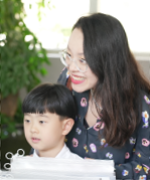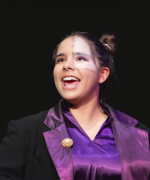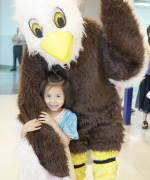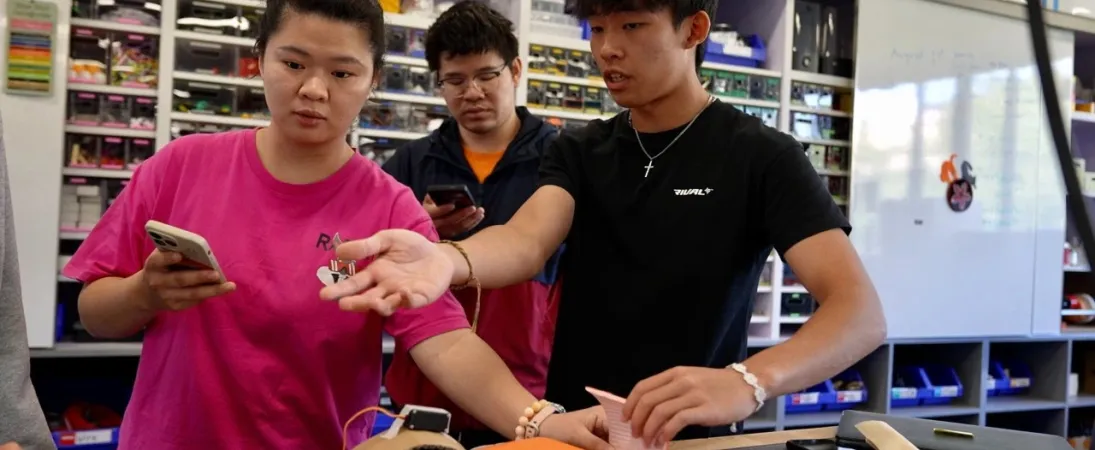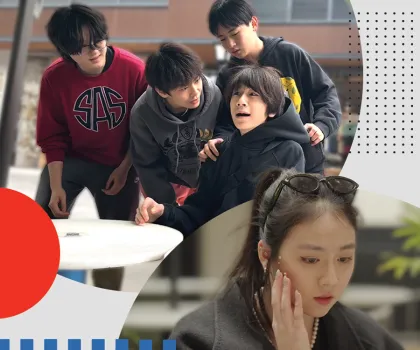SAS Students Engineer a World of Inclusion
At SAS, learning transcends the classroom. It becomes a journey through authentic settings that foster creativity, critical thinking, and social consciousness. But what exactly sets SAS apart? It's the dedication to cultivating an environment where students are encouraged to think beyond textbooks and engage with real-world challenges.
The new Advanced Physical Computing class, which is a hybrid of engineering and computer science, is a recent example. Advanced Physical Computing fosters a passion for digital electronics and hardware design and also improves students’ proficiency in the use of fabrication tools, such as 3D printing and laser cutting. Through collaboration with MustardTek, an external organization that focuses on inclusive design, the first eight weeks of the class provided students with authentic opportunities to design products that would ease the day-to-day life of hearing-impaired people.
MustardTek introduced Adam and Sara to the students, who interviewed the pair about their deafness, their needs and their challenges. The students learned sign language directly from Adam and Sara, getting a better understanding of their world so that they could ideate together.
“This unit taught me a lot about how to design things by focusing specifically on the people we’re designing for instead of the product,” said Grade 12 student, Tiffany. She and her team discovered that Adam had trouble knowing when people were at his front door at home because he couldn’t hear. They then focused on his other senses, and they were able to design a prototype involving colorful LED lights that would indicate if someone was at the door.
Grade 9 student Aaron and his team designed a product that would alert Adam to when it starts raining so that he would know when to bring in his laundry. “One of the main takeaways of this unit was that there is a need get to know someone and understand their daily life when designing for them,” he said. “The process of being able to understand the problem and then being able to produce a device to solve it has been really rewarding. Putting everything together and seeing the work at the end feels like we have accomplished something.”
High School STEM teacher at SAS Puxi, Mr. Phil Whitaker, described the collaboration with MustardTek as a perfect example of how SAS teachers are implementing unique learning principles in their classrooms. The Advanced Physical Computing curriculum was carefully crafted to guide students through a human-centered design process, igniting their creative prowess. Empathy was their guiding light, as they listened intently to their co-designers – hearing impaired Sara and Adam – and crafted authentic and innovative solutions that catered to their individual requirements. Inclusive design became the mantra that permeated every aspect of their work.
“We aim to empower our students through individualized, authentic and inspired learning engagements to make a positive contribution to our world. The prototypes the students are designing are intended to make a positive contribution to someone with a disability, their world and their environment,” said Mr. Whitaker, who was at the helm while students discussed ideas and operated their tools and equipment, facilitating the entire process from start to finish. “By working with co-designers and going through the design thinking process with them, I cannot think of a more authentic experience for our students.”
As these aspiring engineers and coders embark on their future journeys, they will hold dear the memory of this extraordinary experience. It wasn’t just another lab project or theory class; it was about creating something meaningful for someone in need, laying the foundations for exceptional achievements.
